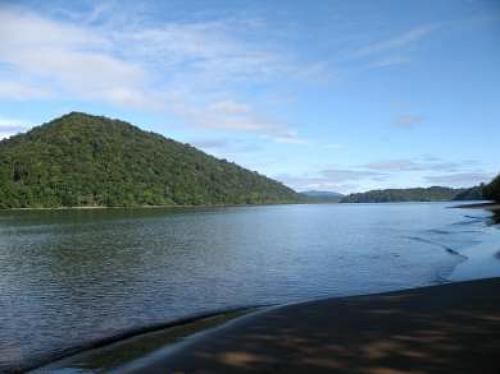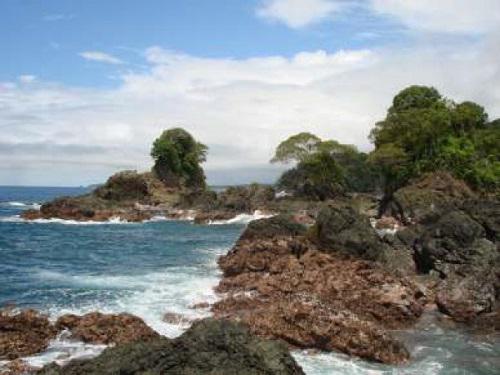Article featuring the project.
WWF - Malaga Bay declared national park after tough environmental battle
10 Sep 2009 La Plata, Bahía Málaga, Colombia, Central and Latin America Habitats
Tides and Seascape Configuration – Determinants of Reef Fish Intertidal Migration in the Tropical Eastern Pacific (Colombia)
Mangroves as Providers of Ecosystem Services in the Tropical Eastern Tropical Region under the Influence of Climate Variability
This project is intended to assess temporal and spatial changes in the nursery value for fish of intertidal mangrove areas in a prospective marine protected area of the Colombian Pacific.

Mangroves are amongst the most threatened ecosystems in the world declining at an extremely fast rate (1-2% per year), which is only compared to the losses of coral reefs or tropical rainforests. They provide important ecosystem services for humans including food (fisheries) production and protection to coastal communities against sea-level rise, storms and tsunamis. Ecosystem processes taking place in mangroves are also essential and are likely responsible for sustaining food webs within and among adjacent habitats. One of such process/function relates mangroves as important nursery areas for fish.

Understanding the dynamic nature of the mangrove’s nursery value for fishes may have profound implications for the design of appropriate conservation measures. Ecosystem-based conservation strategies aim to preserve critical habitats that ensure the maintenance of key ecological processes for fish populations. These ecological processes, however, must be fully understood. The nursery value of mangrove for fish is a critical process that determines the successful recruitment to adult populations of mangrove-dependent commercial fish species. Thus, if coastal fisheries resources are to be sustainably managed, a comprehensive knowledge of how this nursery function varies in space and time is necessary.
The Colombian Pacific coast (Tumbes-Chocó-Magdalena biodiversity hotspot) harbours the most extensive mangrove area in northwestern South America, with an extension of ca. 290.000 ha. Mangrove-associated resources are essential for securing food to coastal villagers in these areas. The habitat and some of their resources, however, start showing signs of degradation (timber extraction) and overexploitation (fisheries resources). The understanding of how mangroves in this area provide habitat for many commercially important fish could support strategies preventing the loss of these important nursery sites.
This project aims to assess fish assemblage’s spatio-temporal dynamics of an estuarine mangrove system of the Colombian Pacific (Bahía Málaga). For this purpose, a quantitative sampling technique (block nets) used by local fishermen will be employed. Small mangrove creeks with the same characteristics in area and vegetation structure (Rizhophora spp. dominated) and during the wet and dry seasons will be sampled. The method will provide an accurate view of mangrove use by fish and will further allow the examination of possible fish responses to diel, tidal, lunar and seasonal (dry/wet) changes. The expected results will provide an understanding of short- and medium-term patterns in the nursery value of mangroves for fish in Bahía Málaga. This information might be used to support the establishment of a new National Park in the area.
Article featuring the project.
WWF - Malaga Bay declared national park after tough environmental battle